- 42 Posts
- 552 Comments
Only if it’s connected by water to the other major rivers. But I’m not sure if it is.
Thanks. That seems to be the origin of the extra braid that crosses the Rockies on the map.
I mean making shit up isn’t a joke though. I feel like the humor needs to be based on something real.
Most of the other “islands” are formed by man made canals, so I’m curious what the situation in the Rockies is that allows them to argue those rivers connect.
Uh… is there a waterway that crosses the Rocky Mountains this way? That doesn’t seem right.
Edit: after some searching I found this, which I suspect is the basis of this connection: https://en.wikipedia.org/wiki/Parting_of_the_Waters
Is the implication here that Asian plums are a different species?
This should be informative for you: https://youtu.be/kuVNVyb2GYU
Warning: very weird. Relevant but starts at about 1 minute if you don’t want to watch the whole thing.
The spiders have their corners in my house. Doesn’t bother me. They eat the pesky flying insects that like to fly in my face.
Well ultimately it all becomes heat. Maybe a tiny amount escapes a window or something. So we could say 99%.
But heat pumps still reign supreme, at least until it gets super cold.
Imagine how much easier dating would be if you’re default compatible with over 98% of the population. Making me jealous.
Not quite as advertised. Just a list of relevant fossil sites and publications. Very useful for a researcher, I’m sure, but not just a list of species for your area.

 9·10 days ago
9·10 days agoWhat’s it got to do with being a nuclear engineer though? It just seems so random, it feels like I’m missing something.

 19·10 days ago
19·10 days agoI don’t get it. Why furries?
I’m a social justice druid, no doubt lol
If we are being ruled by our crops it would have to be corn and not trees, unfortunately. Trees would be much better overlords I think.
I was tragically born without any common fucking decency (or maybe this is from being an unsupervised child on the early internet) but I’ve also heard the game is just horribly bad and unfun from a game design perspective.

 591·15 days ago
591·15 days agoAnd are you married?
I was married, but I’m not married anymore. Women don’t like the vehicle.
In July, Tesla rolled out a software update to integrate Grok into many of its vehicles. Do you use it?
Her name is Aura, and I use her as a therapist. When I’m driving, I’ll ask questions, and it actually gives really good therapy advice.
Tragic, hilarious, somewhat disturbing all in one.
I really wish peccaries (javelinas) would repopulate California. They’re so cool!

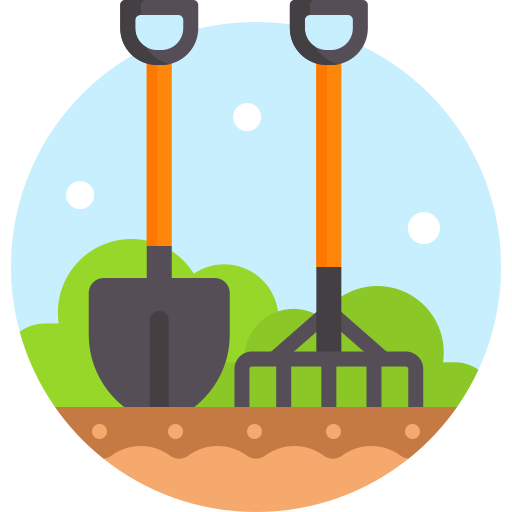
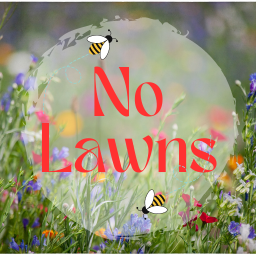



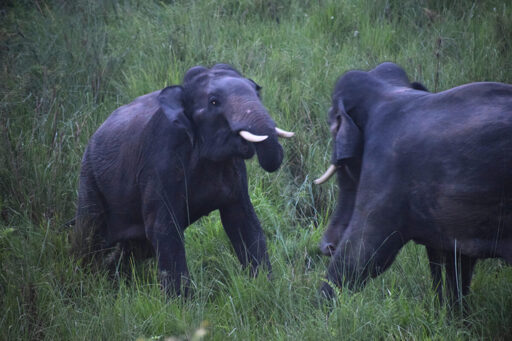
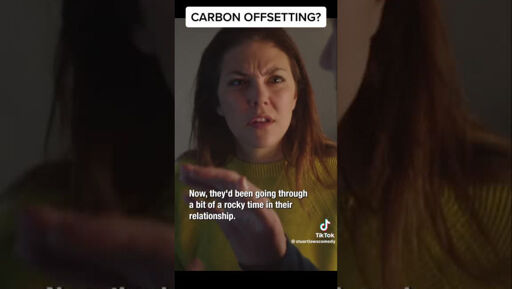
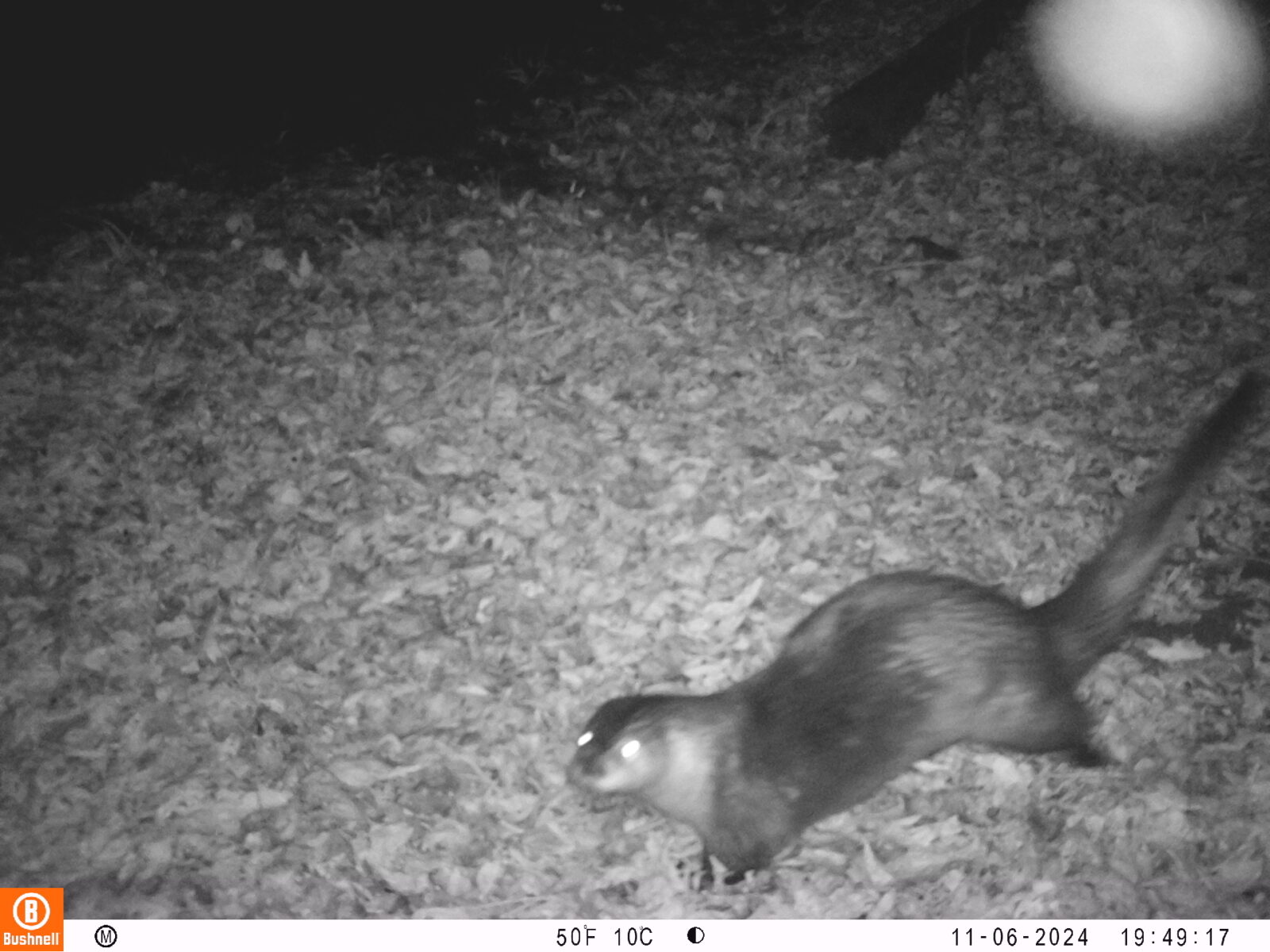




Interesting, thanks. Makes sense since P. cerasifera tastes and looks extremely similar to European plums. But I’ve never tried Prunus spinosa to compare.